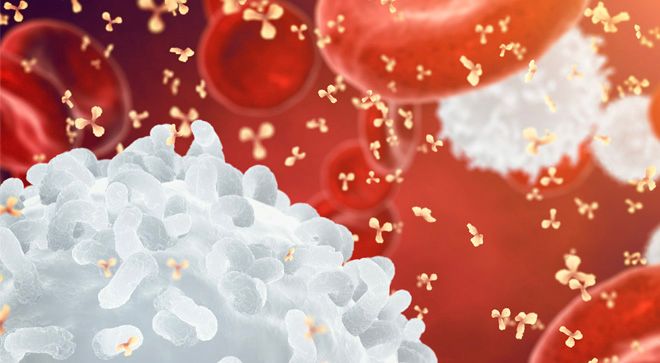Article
Investigational BTK Inhibitor Sparks Responses in Patients with Mantle Cell Lymphoma
Author(s):
The investigational targeted drug zanubrutinib (BGB-3111) appeared to be highly active, inducing an overall response rate of 83.5 percent in patients with relapsed/refractory mantle cell lymphoma, who were treated in a single-arm, open-label, multicenter, phase 2 trial.
The investigational targeted drug zanubrutinib (BGB-3111) appeared to be highly active, inducing an overall response rate of 83.5 percent in patients with relapsed/refractory mantle cell lymphoma, who were treated in a single-arm, open-label, multicenter, phase 2 trial.
There are two drugs approved by the Food and Drug Administration (FDA) — Imbruvica (ibrutinib) in 2013 and Calquence (acalabrutinib) in 2017 – to treat mantle cell lymphoma that work by stopping the activity of a cancer-driving protein: Bruton tyrosine kinase (BTK).
Now, researchers are asking whether a third BTK inhibitor might be as effective, or possibly more. A phase 2 trial tested zanubrutinib in Chinese patients with relapsed or refractory mantle cell lymphoma, meaning the disease had either recurred after treatment or become resistant to previous therapies. The results were presented at the 2018 American Society of Hematology (ASH) Annual Meeting, held Dec. 1 to 4 in San Diego.
BTK contributes to the body’s overproduction of B cells, which fuels mantle cell lymphoma. Researchers wanted to test zanubrutinib in patients because it’s a next-generation drug designed to maximize inhibition of BTK while minimizing unintentional inhibition of other protein families, such as TEC and EGFR, reported the study’s lead author, Yuqin Song, M.D., Ph.D., chief physician and deputy director of the Lymphoma Department of Peking University Cancer Hospital & Institute (Beijing Cancer Hospital).
In comparing three earlier analyses, researchers found that zanubrutinib could be given at a lower dose than Imbruvica and still spark a higher concentration of the drug in the blood, and that zanubrutinib stayed in the body much longer than Calquence, Song explained.
Eighty-six patients with relapsed or refractory mantle cell lymphoma took 160 mg of the drug twice a day until they experienced progressive disease or unacceptable toxicity, or the study ended. The goal was to measure patients’ overall response to the drug, while assess progression-free survival, duration of response and time until recurrence were also evaluated. Patients were followed for a median of 35.9 weeks.
The patients were a median of 60.5 years old. Most of them were male, and all were fairly healthy besides having cancer. Nearly half had relapsed disease and just over half had disease that had become resistant to treatment. A total of 90.7 percent had stage 3 or 4 disease.
Of the 85 patients in the efficacy population of the study, 71 responded to the drug (83.5 percent), including 50 who had a complete response (58.8 percent) and 21 who had a partial response (24.7 percent). Two experienced stable disease and six had progressive disease. Five discontinued treatment before the first assessment and one patient had no evidence of disease.
By the study’s data cutoff, March 27, 2018, 21 patients had stopped treatment, 13 because of progressive disease, six due to side effects, one at the investigator’s discretion and one who withdrew consent after experiencing a complete response.
The researchers found that outcomes were consistent across subgroups, including those with blastoid or bulky disease, age above or below 65 years, men versus women, different stages of disease at baseline and low versus high percentage of cells positive for the Ki-67 protein, whose presence is typically associated with worse prognoses.
At 12 and 24 weeks, PFS was 90 percent and 82 percent, respectively. The median PFS had not yet been reached as of the study’s data cutoff.
Forty-two patients experienced serious side effects, including diarrhea (10.5 percent), hypertension (8.1 percent) and bruising (4.7 percent). Other common side effects included decreased blood counts and upper respiratory infection.
“Zanubrutinib was shown to be highly active in patients with relapsed or refractory mantle cell lymphoma,” Song said. “Tolerability was generally consistent with previous reports of zanubrutinib treatment in patients with various B-cell malignancies.”




